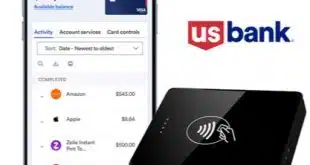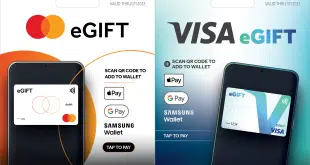While the Covid-19 pandemic has deepened consumers’ reliance on contactless payments, as well as digital and mobile banking, a generation gap exists when it comes adoption of those technologies, separate reports from Oxygen, a San Francisco-based financial-platform provider, and digital consulting firm Mobiquity, have found.
Of the more than 1,000 consumers in the United States surveyed by Oxygen, 60% under the age of 55 use contactless payments and, of these, 81% say they have increased their use of contactless payments during the pandemic.
But Baby Boomers have been slower to gravitate to the technology. Less than half, 47%, use contactless payments, and 64% of those say they increased their use of the technology during the pandemic.

“Payment technologies typically have a slow adoption curve,” Hussein Ahmed, chief executive at Oxygen, says by email. “Boomers are traditionally slower than later generations to adopt newer technologies like contactless payments or digital banking more broadly.”
Just as consumers’ affinity for contactless payments is growing, so too is their affinity for banking services delivered via the Internet. Consumers age 25-39 are the most inclined to embrace digital banking, with 59% of these saying they have done more digital banking the past year than the previous year, according to Mobiquity. Consumers age 18-24 are a close second, with 58% saying they have increased their digital banking. Among consumers age 40-55, 47% have increased their reliance on digital banking in the past year, while just 35% of consumers age 56 and older have done more digital banking over that time. Mobiquity surveyed 2,000 consumers.
The 25-to-55 cohort places the highest importance on digital banking and are most likely to switch banks to gain access to it, according to Mobiquity. By comparison, consumers 56 and older are least likely to switch banks for access to new digital-banking tools. Nevertheless, consumers in this demographic match, and in some cases exceed, younger generations’ desire for easier access to mobile apps and Web portals. Consumers age 18 to 24 have the greatest level of dissatisfaction with the digital-banking tools available to them.
Some 93% of consumers under 55 surveyed by Oxygen say they use a mobile-banking app, and two-thirds have increased their use of mobile banking during the pandemic. The corresponding proportions for Baby Boomers are 64% and 37%. Millennials are the heaviest users of mobile-banking apps, with 67% of respondents saying they use a mobile banking app at least twice a week.
Overall, 71% of consumers surveyed by Oxygen say mobile banking helps them manage their finances. Key benefits cited include the ability to track spending habits, 69%, and the alerts when they get low on funds, 54%.
“Younger generations, especially Millennial and Gen Z, grew up digitally native, so adopting newer technologies feels normal to them,” Ahmed says. “Boomers on the other hand, grew up going to the physical bank for all their financial needs. Changing that requires changing a mindset and habit, which takes time.”





